
Health Lab
At-home test can detect tumor DNA fragments in urine samples, providing a non-invasive alternative to traditional blood-based biomarker tests

Health Lab
Experts at Rogel Cancer Center develop and study the impact of a new drug for salivary gland cancers

Health Lab
Early findings of two studies from the University of Michigan Rogel Cancer Center shed light on new ways to anticipate recurrence in HPV-positive head and neck cancer sooner. The papers, published in Cancer and Oral Oncology, offer clinical and technological perspectives on how to measure if recurrence is happening earlier than current blood tests allow, and provide a framework for a new, more sensitive blood test that could help in this monitoring.
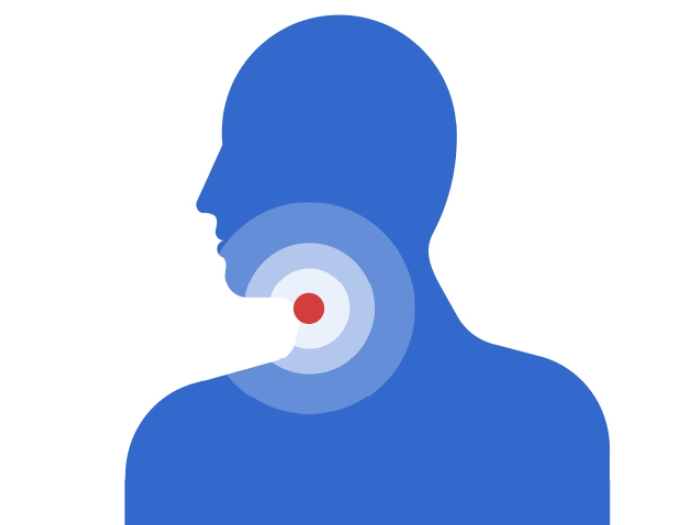
Health Lab
A clinical trial in head and neck cancer explored ways to improve clinical outcomes for patients. Although the trial failed, researchers found insight into new ways to address treatment resistance.
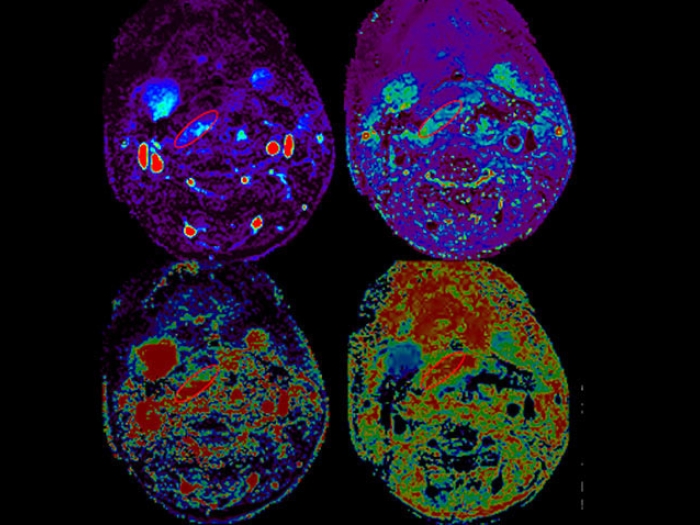
Health Lab
The findings could help shorten hospital stays for cancer patients.
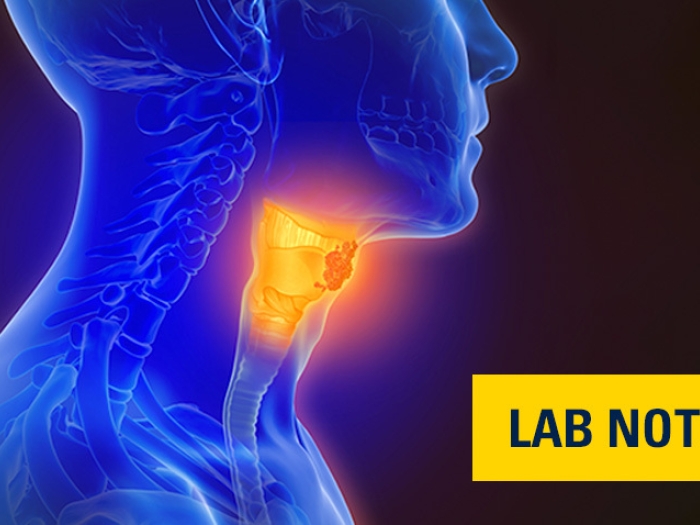
Health Lab
HPV circulating tumor DNA and MRI/PET imaging markers predicted which tumors would respond to chemoradiation as early as two weeks into treatment.
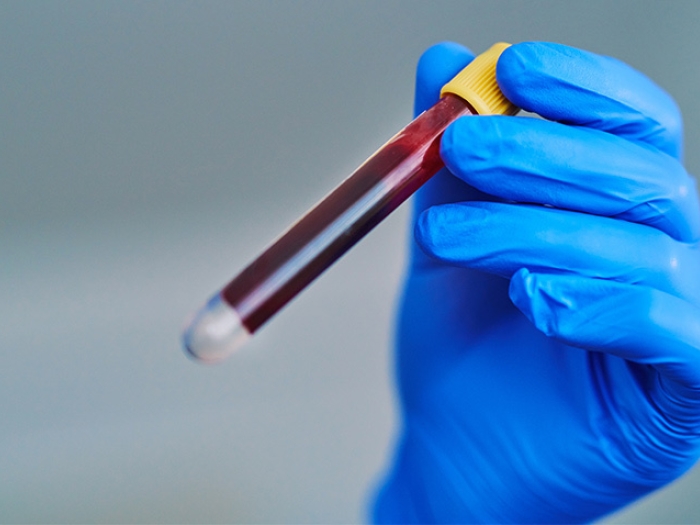
Health Lab
A new blood test could give doctors more time to try alternative treatments for HPV-positive throat cancer by signaling whether initial treatment is effective much earlier than current diagnostic tests.

Health Lab
In 25 years, Chris Cauley had never taken two weeks off of work. As health services were shutting down because of COVID-19, he had to learn how to be a patient.

Health Lab
Your guide to that and other frequently asked questions about the most common sexually transmitted infection in the United States.
Health Lab
But they should: A cancer found in the throat is now the leading cancer caused by HPV — and 80% of those diagnosed are men.
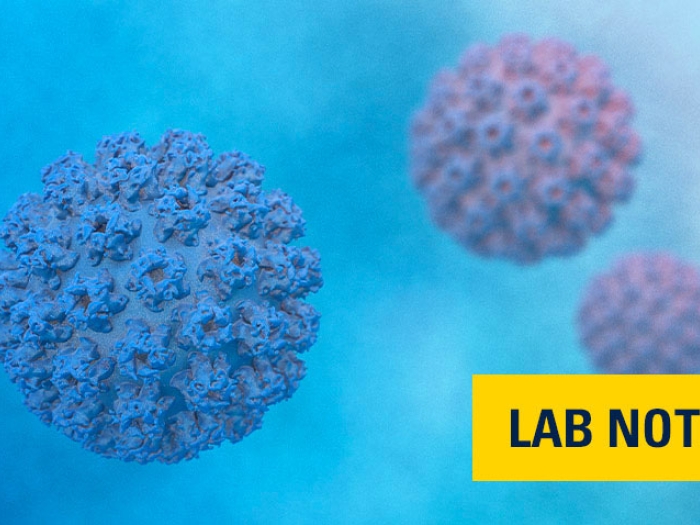
Health Lab
Vaccines and other policies could help keep in check a disease that’s becoming increasingly common worldwide.

Health Lab
Despite living with an adenoid cystic carcinoma, Celina Pitt finds joy in nightly dance parties with her husband.

Health Lab
This phase 2 trial also identified a subset of patients with specific mutations who may see the most benefit from the drug.

Health Lab
Morgan Evans thought she’d have to choose between her unborn baby and treating her aggressive tongue cancer. Her team at Michigan Medicine thought otherwise.
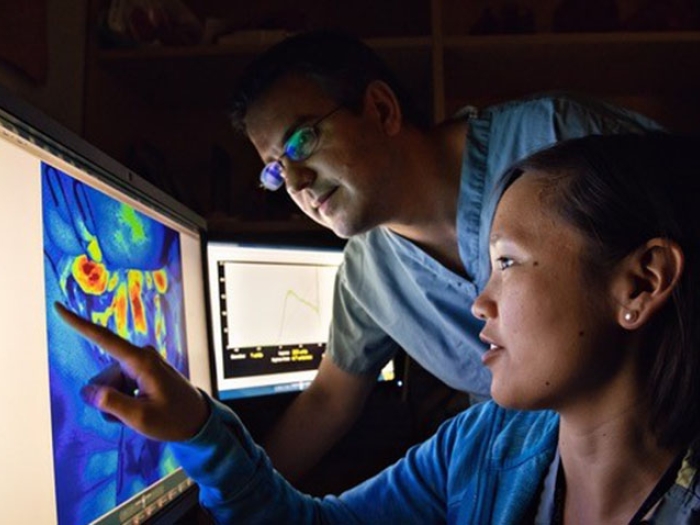
Health Lab
When the surgical wound doesn’t heal right, it can send some patients back to the operating room. A new technique tested at U-M could help identify which patients are at highest risk.